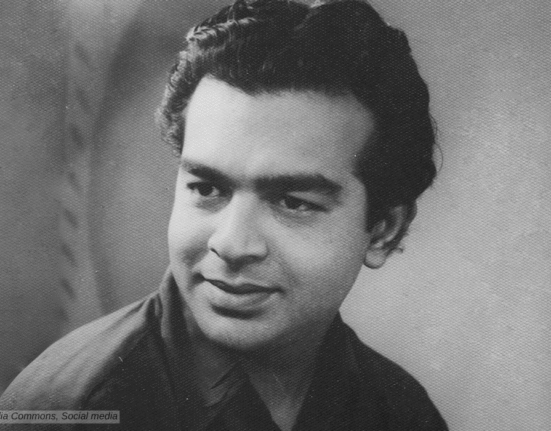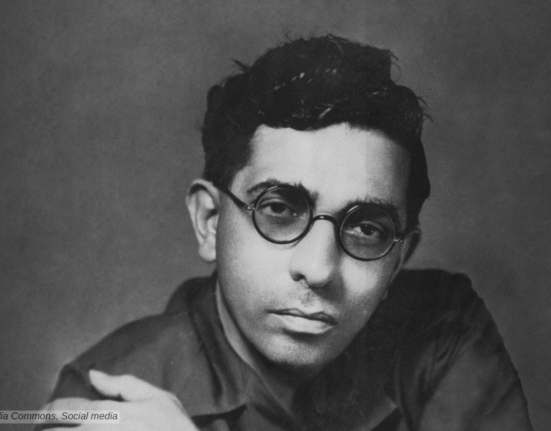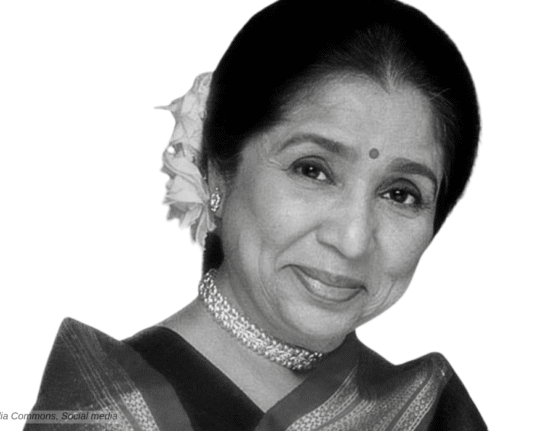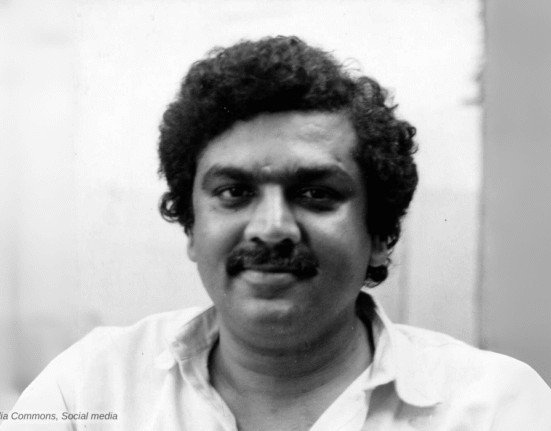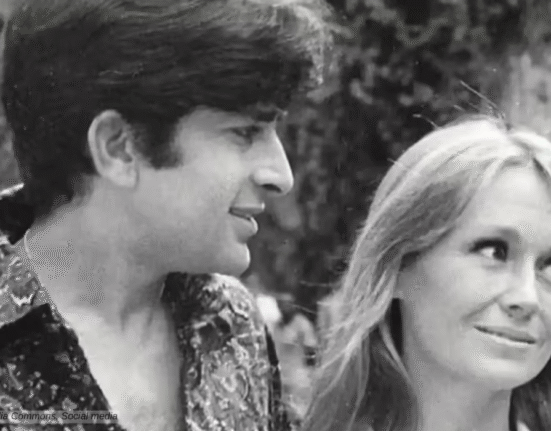One of the most successful and influential filmmakers of Hindi and Bengali cinema, Shakti Samanta directed classics like Howrah Bridge (1958), China Town (1962), Kashmir Ki Kali (1964), An Evening in Paris (1967), Aradhana (1969), Kati Patang (1970), Amar Prem (1972), Amanush (1975) and many more.
Early Life
Shakti Samanta was born on January 13, 1926, in the village of Bokra, Purba Bardhaman. Tragically, his father passed away when Shakti was just two years old, leaving his mother to raise him and his sibling, Girija Samanta, alone. He was born into a middle-class family and received his early education in Dehradun while staying with his uncle. He graduated from Calcutta University in 1944. Growing up, Shakti was an avid reader, particularly fond of the works of Bengali novelist Sarat Chandra Chattopadhyay. He often credited Chattopadhyay’s stories for inspiring the emotional depth in his films.
Shakti harbored ambitions beyond cinema in his youth—he aspired to become a fighter pilot and even qualified for the Indian Air Force. However, his mother, still reeling from the loss of her husband, refused to grant him permission, fearing for his safety. This decision altered the course of his life, steering him toward the world of cinema. Interestingly, Shakti later channeled this unfulfilled dream into his work, depicting Rajesh Khanna as an Air Force pilot in his iconic film Aradhana (1969).
About 200 km from Bombay, in Dapoli, he accepted a position as a school teacher; the reason behind this was its proximity to Bombay since he always wanted to be an actor. After a long struggle, in 1948 he got the chance to join Bombay Talkies as an assistant director. He worked with renowned directors like Satish Nigam, Gyan Mukherjee, and Phani Majumdar on films such as “Sunhere Din,” “Tamasha,” “Baadbaan,” and “Dhobi Doctor.”
Cinamatic Journey
His dedication and talent soon earned him the opportunity to direct his first feature film, Bahu (1954), starring Karan Dewan, Usha Kiron, Shashikala, and Pran. The film’s success marked the beginning of his illustrious career as a director.
After the success of Bahu, he made Inspector (1956) with Ashok Kumar and Geeta Bali, Sheroo (1956) with Ashok Kumar and Nalini Jaywant, Detective (1957) with Pradeep Kumar and Mala Sinha, and Hill Station (1957) with Pradeep Kumar and Bina Rai.”

In 1957, Shakti Samanta started his own production company, Shakti Films, with the murder mystery “Howrah Bridge,” starring Ashok Kumar and Madhubala. The film had the music of O. P. Nayyar, and its crooning number ‘Aaiye Meherbaan,’ sung by Asha Bhosle and picturised on Madhubala, became a rage, making the film a big success.
Shakti Samata’s next was the social drama “Insaan Jaag Utha (1959),” starring Sunil Dutt and Madhubala, which got a lukewarm response despite its important message. After the failure of Insan Jag Utha, he went back to his trusted themes of mystery and romance with beautiful music. on to do many successful films in the following decade like “Jaali Note (1960),” “Singapore (1960),” and “Sawan Ki Ghata (1966),”
The Golden Period of Shakti Samanta
In 1962 he cameup with “China Town,” a crime thriller featuring Shammi Kapoor in a double role. The film was a major hit and is remembered for its engaging storyline and music by Ravi. He again collaborated with Shammi Kapoor in “Kashmir Ki Kali (1964),” which was the Hindi debut of Sharmila Tagore. This romantic drama was a box office success, and eadstablished Tagore as the top heroin. The film had beautiful songs like “Taarif Karoon Kya Uski,” “Deewana Hua Badal,” and “Isharon Isharon Mein Dil Lenewale,” composed by O. P. Nayyar.



Samanta again repeated the superhit pair of Shammi Kapoor and Sharmila Tagore in “An Evening in Paris (1967),” a film that creates quite a buzz for its wardrobe as Sharmila Tagore famously wore a bikini. It was one of the first Indian films to be shot extensively in Paris. Its glamorous setting and memorable songs made it a hit. He continued to work with Shammi ji in films like Pagla Kahin Ka (1970) and Jaane-Anjaane (1971).
Aradhana – Shakti Samanta’s Crowning Glory
In 1969, Samata added a new feather in his cap with “Aradhana,” where he gave the nation its new heartthrob and superstar, “Rajesh Khanna.” “Aradhana” tells the story of Vandana Tripathi, a woman who faces numerous challenges in raising her illegitimate child after the death of her lover and the father of her child, which was both powerful and emotionally resonant. The film went on to win the Filmfare Award for Best Picture and Tagore got the Filmfare Award for Best Actress.
“Aradhana” was loosely based on “To Each His Own (1946),” starring Olivia de Havilland in the role that was later played by Sharmila Tagore. De Havilland won an Academy Award for Best Actress for the film.
“Aradhana” was one of the biggest hits of its time; it gave Rajesh Khanna an unprecedented popularity. Such popularity, and stardom was never witnessed again. The film paved the way for a long working relationship with Khanna. They collaborate on gems like Kati Patang (1970), Mehbooba (1976), Anurodh (1977), Ajanabee (1974), Awaaz (1984), and Alag Alag (1985).
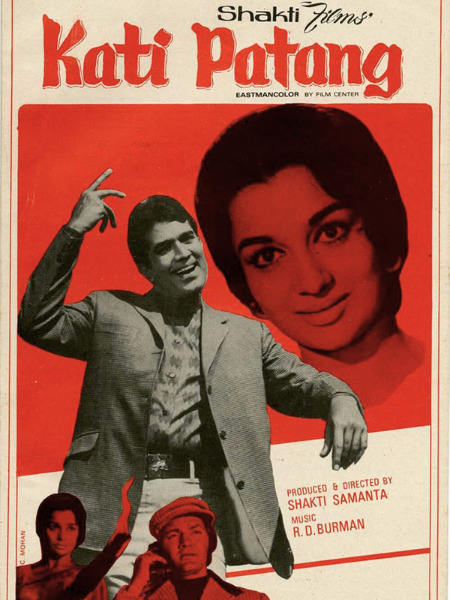
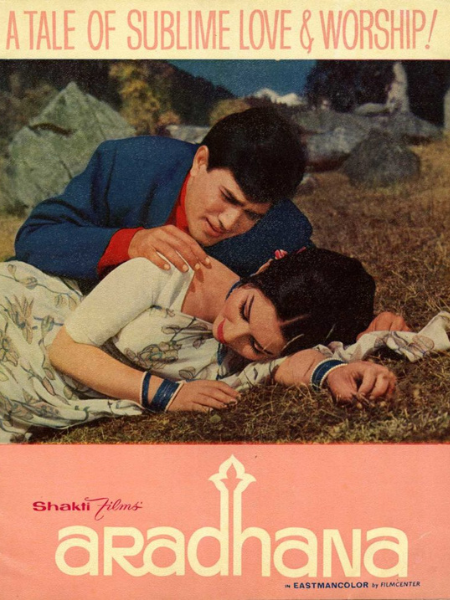
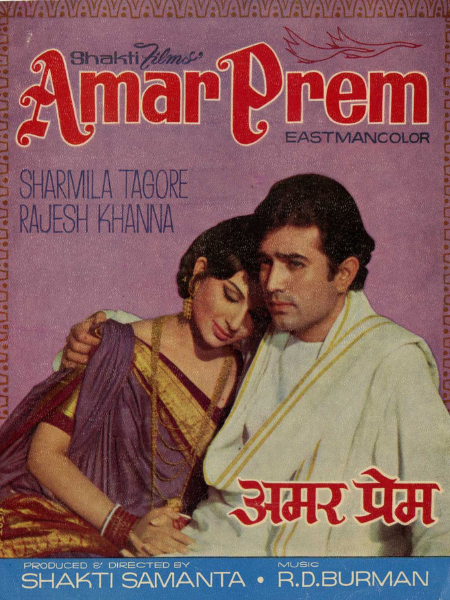
Continuing Success
One of his most remarkable films was “Amar Prem (1972),” a lovestory with a difference. In the film, Tagore played the role of Pushpa, a courtesan who forms a deep bond with a wealthy patron played by Rajesh Khanna and an abused boy. The film was widely praised for its depth, sensitivity, performances, and soulful music by RD Burman.
In 1975, Shakti Samanta directed the bilingual “Amanush.” A rare film where “the Mahanayak” Uttam Kumar was a lead with Sharmila Tagore, Utpal Dutt, and Asit Sen. The film went on to be a success, especially its songs like “Dil Aisa Kisi Ne Mera Toda” which are still hummed fondly. Samanta again cast Uttam Kumar in “Anand Ashram (1977)” with Ashok Kumar and Sharmila Tagore.
Other Work
Samanta directed 43 feature films, including 37 Hindi and 6 Bengali films. His other notable films are “Anuraag (1972) with Moushumi Chatterjee and Vinod Mehra, “Charitraheen (1974)” with Sanjeev Kumar and Sharmila Tagore, “The Great Gambler (1979)” with Amitabh Bachchan, Zeenat Aman, and Neetu Singh, “Khwaab (1980),” “Barsaat Ki Ek Raat (1981)” with Amitabh Bachchan and Raakhee, “Aar Paar (1985)” with Mithun, “Anyay Abichar (1985), and “Geetanjali (1993)’ with Rekha. He also produced Balika Badhu (1976) and Achena Atithi (1997).
In 1985, Shakti Films established the division “Aradhana Sound Service,” focusing on sound processing for both Indian and Hollywood films. His last film was the Bengali version of Devdas (2002), starring Prasenjit Chatterjee, Tapas Paul, Arpita Pal, and Indrani Haldar.
Personal Life of Shakti Samanta
Shakti Samanta married Nilima Samanta. The couple had two sons, Ashim Samanta and Sameer Samant. In his later years, Shakti Samanta remained engaged with the film industry, serving as chairman of the Central Board of Film Certification (CBFC) from 1991 to 1998 and contributing to institutions like the Indian Motion Pictures Producers Association (IMPAA).
In early 2009 he suffered a stroke but survived it due to timely medications and therapy. On April 9, 2009, at around five o’clock in the evening, Samanta passed away from cardiac arrest at his suburban Santa Cruz home while receiving physical therapy.
Shakti Samanta on IMDB




